的点评
Small, Pretty Monastery
Hancu Monastery的点评
点评:Beautiful (albeit somewhat deserted) small monastery hidden in the hills near the Codrii reserve. Hancu - also referred to as "Hincu" on a number of Moldovan maps - was founded in the 17th century by a nobleman based on a vow that he made after his daughter sought refuge in a cave to avoid an arranged marriage. Like all Moldovan monasteries other than Japca, it was closed during the Soviet years and reopened in the early 90s.
Only one of the churches was open when I was there -- not sure it it was the Church of St. Parascheva (1835) or the Church of the Dormition of the Mother of God (1845) - but I definitely enjoyed the painted interiors. Also, LOTS of flowers on the Hancu grounds, even by the high standards of Moldovan monasteries. (In contrast to the two most recent reviewers, I didn't see any dogs on or near the grounds, and only a couple of nuns.)
Good for a visit after nearby Capriana. Recommend a hike at Codrii afterwards, then a stop in Calarasi and Hirjauca Monastery before spending the night at Crama Mircesti winery!
Only one of the churches was open when I was there -- not sure it it was the Church of St. Parascheva (1835) or the Church of the Dormition of the Mother of God (1845) - but I definitely enjoyed the painted interiors. Also, LOTS of flowers on the Hancu grounds, even by the high standards of Moldovan monasteries. (In contrast to the two most recent reviewers, I didn't see any dogs on or near the grounds, and only a couple of nuns.)
Good for a visit after nearby Capriana. Recommend a hike at Codrii afterwards, then a stop in Calarasi and Hirjauca Monastery before spending the night at Crama Mircesti winery!
翻译:这座美丽(尽管略显荒凉)的小修道院隐藏在科德里亚保护区附近的山丘之中。Hancu(在许多摩尔多瓦地图上也被称为“Hincu”)是由一位贵族于17世纪建造的,其建造基于他女儿为逃避包办婚姻而躲进山洞后许下的誓言。与Japca以外的所有摩尔多瓦修道院一样,这座修道院在苏联时期关闭,并于90年代初重新开放。
我去的时候,只有一座教堂开放——不确定是圣帕拉舍瓦教堂(1835年)还是圣母安息教堂(1845年)——但我绝对喜欢教堂内部的彩绘。此外,Hancu的庭院里鲜花盛开,即使以摩尔多瓦修道院的高标准来看,也算得上是相当漂亮了。 (与最近两位评论者不同,我在场地内或附近没有看到任何狗,只有几位修女。)
游览完附近的卡普里亚纳(Capriana)后,这里很适合游览。推荐之后在科德里亚(Codrii)徒步旅行,然后游览卡拉拉西(Calarasi)和希若卡(Hirjauca)修道院,最后在克拉玛·米尔切斯蒂(Crama Mircesti)酒庄过夜!
我去的时候,只有一座教堂开放——不确定是圣帕拉舍瓦教堂(1835年)还是圣母安息教堂(1845年)——但我绝对喜欢教堂内部的彩绘。此外,Hancu的庭院里鲜花盛开,即使以摩尔多瓦修道院的高标准来看,也算得上是相当漂亮了。 (与最近两位评论者不同,我在场地内或附近没有看到任何狗,只有几位修女。)
游览完附近的卡普里亚纳(Capriana)后,这里很适合游览。推荐之后在科德里亚(Codrii)徒步旅行,然后游览卡拉拉西(Calarasi)和希若卡(Hirjauca)修道院,最后在克拉玛·米尔切斯蒂(Crama Mircesti)酒庄过夜!
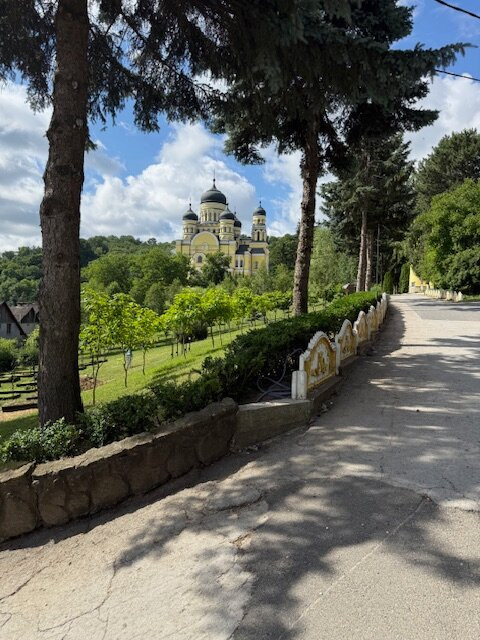
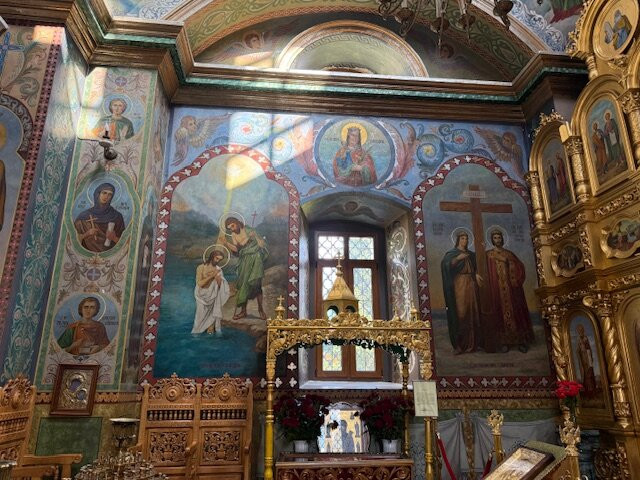
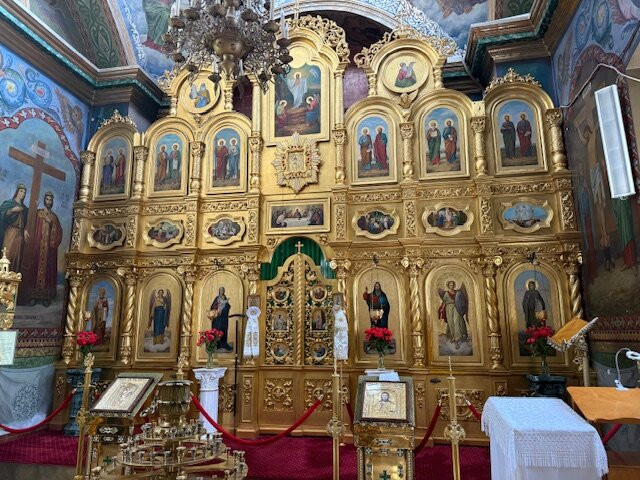
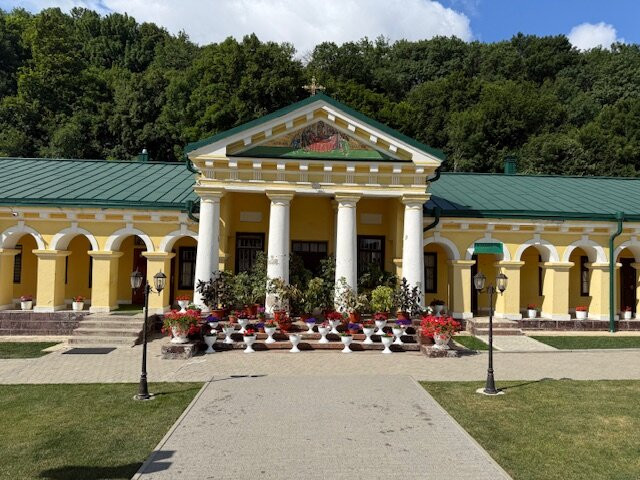
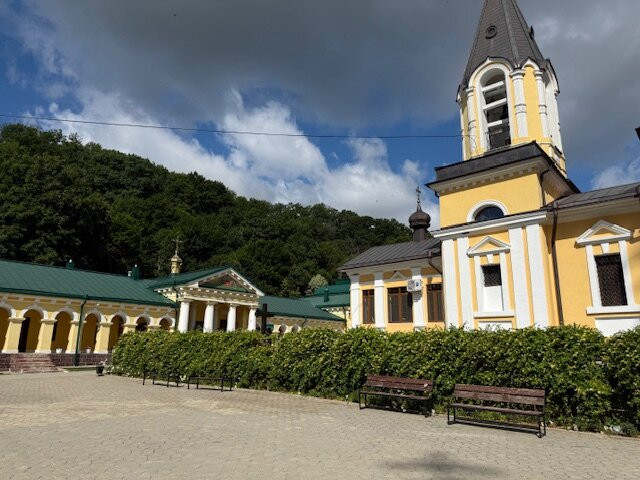
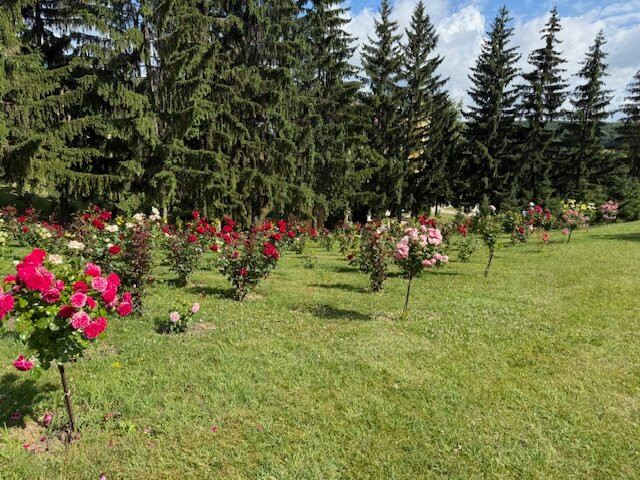
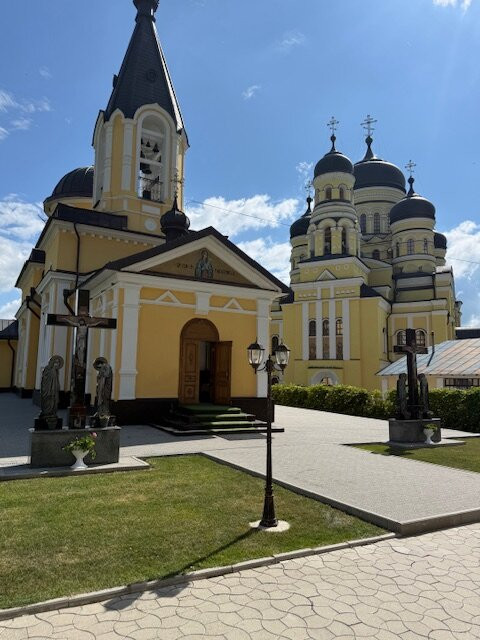
此点评仅代表旅行者个人的主观意见,并不代表TripAdvisor以及其合作方的意见。
关于我们
|
新闻动态
|
商务合作
|
会员中心
|
业主中心
|
业主通
|
常见问题
|
意见反馈
|
联系我们
|
营业执照
© 2025 Tripadvisor 版权所有。
使用条款 |隐私政策 |网站工作原理
部分照片由 VFM Leonardo 提供。
* Tripadvisor不是旅行社,也不是旅游预订服务代理商。我们提供免费、客观、公正的旅游资讯服务。 (显示更多)
TripAdvisor LLC 既不是预订代理商,也不是旅游运营商,不会向网站用户收取任何服务费。 按照规定,在 Tripadvisor 发布机票价格、游览和旅行套餐的合作伙伴(航空公司、旅行提供商及预订代理商),其标价须包含所有费用和附加费用。 例如, 机场出入境税费、消费税与其他服务费、手续费、杂费及附加费用。 当您向我们的某个合作伙伴进行预订时,请务必查阅他们的网站以了解当地行政部门要求的所有适用费用的具体情况。 除非另有说明,机票价格通常指的是一个人的价格(以人民币计)。
为方便起见,TripAdvisor LLC 根据从我们的预订合作伙伴获取的空房率计算每个酒店的均价。 对于游览和景点来说,所显示价格通常是每位成人的最低可用价格。 对于列出的任何旅行套餐或优惠,TripAdvisor LLC 无法保证任何特定的费率或价格。 此外,酒店均价每晚会更新,并以您的首选币种表示(使用现行汇率)。 由于这些已换算的价格是预估价格,因此,有关具体金额和币种请与预订网站进行核实。
此外,TripAdvisor LLC 无法保证我们网站上宣传的价格随时有效。 标价可能需要预订一定天数才能生效,或有不可用日期、使用条件或限制。
TripAdvisor公司对外部网站的内容一概不负责。优惠价格中不含税和其他费用。
ICP证:沪B2-20200433
沪ICP备20013175号
 沪公网安备31010502005427号
沪公网安备31010502005427号鹰程信息技术(上海)有限公司
货币/国家及地区
¥CNY
中国

